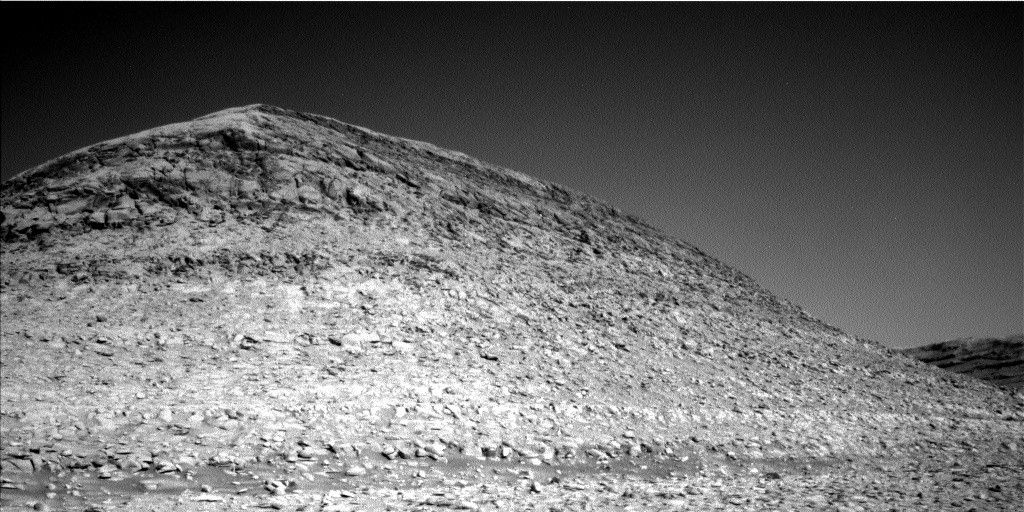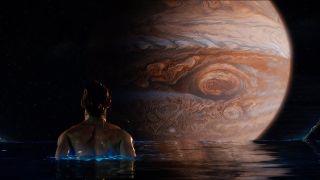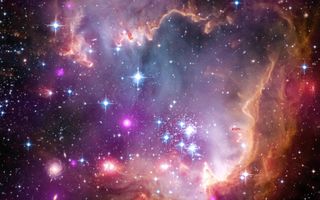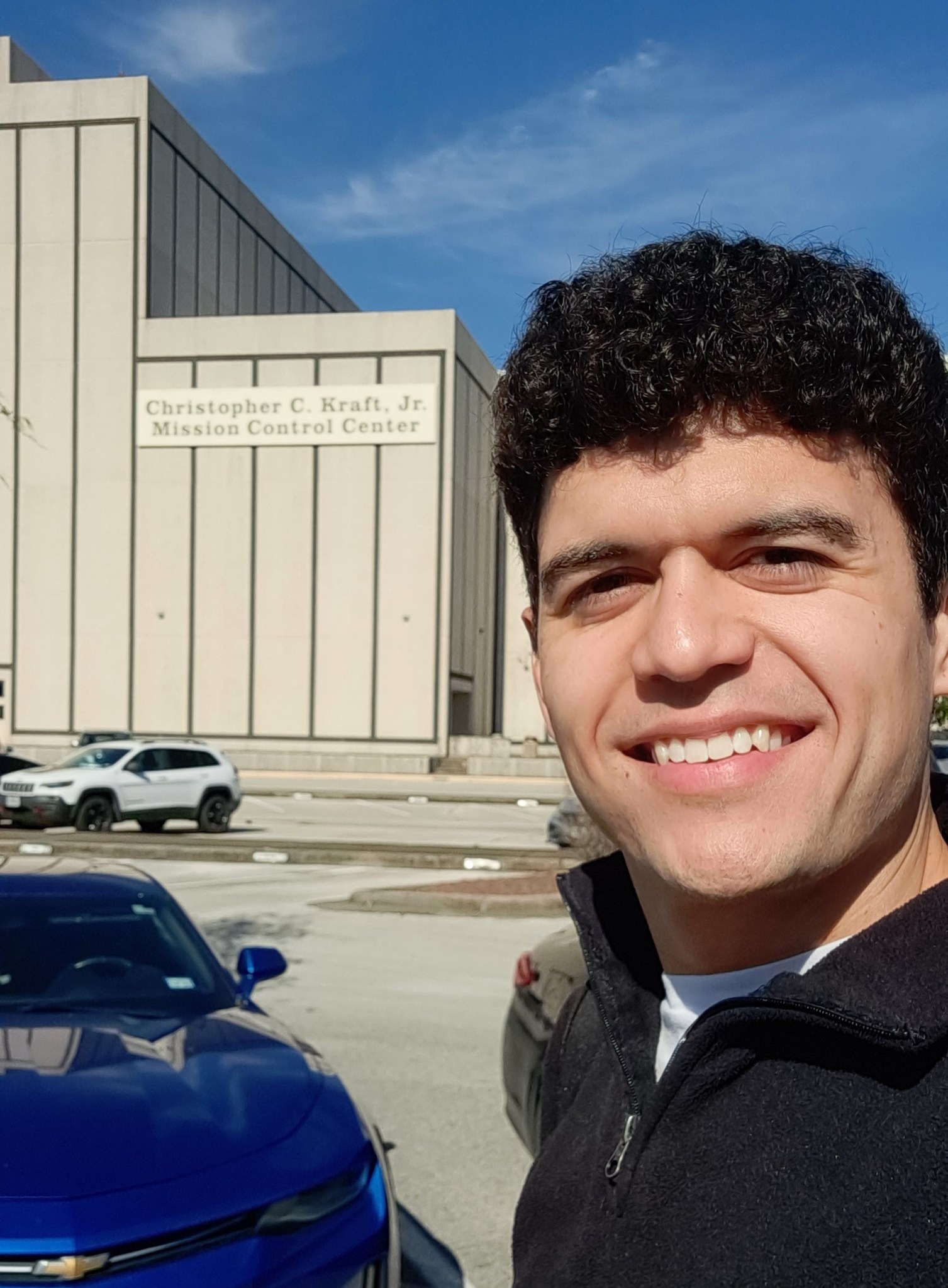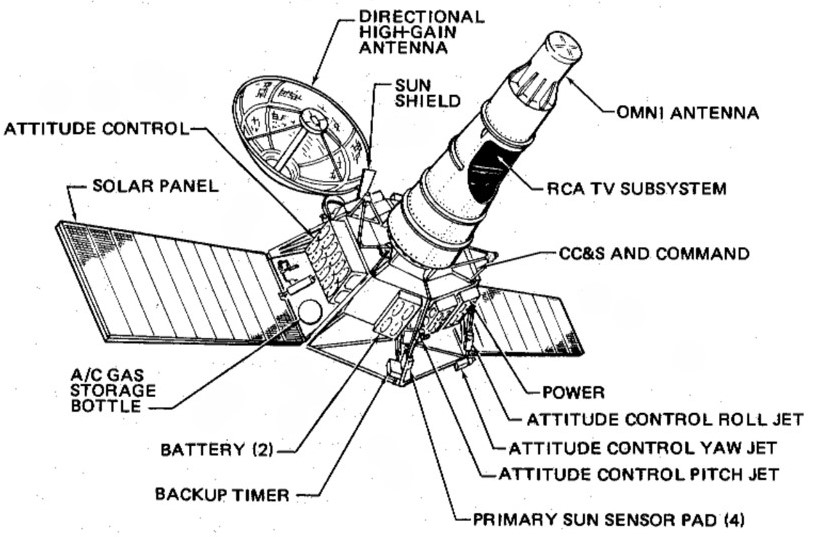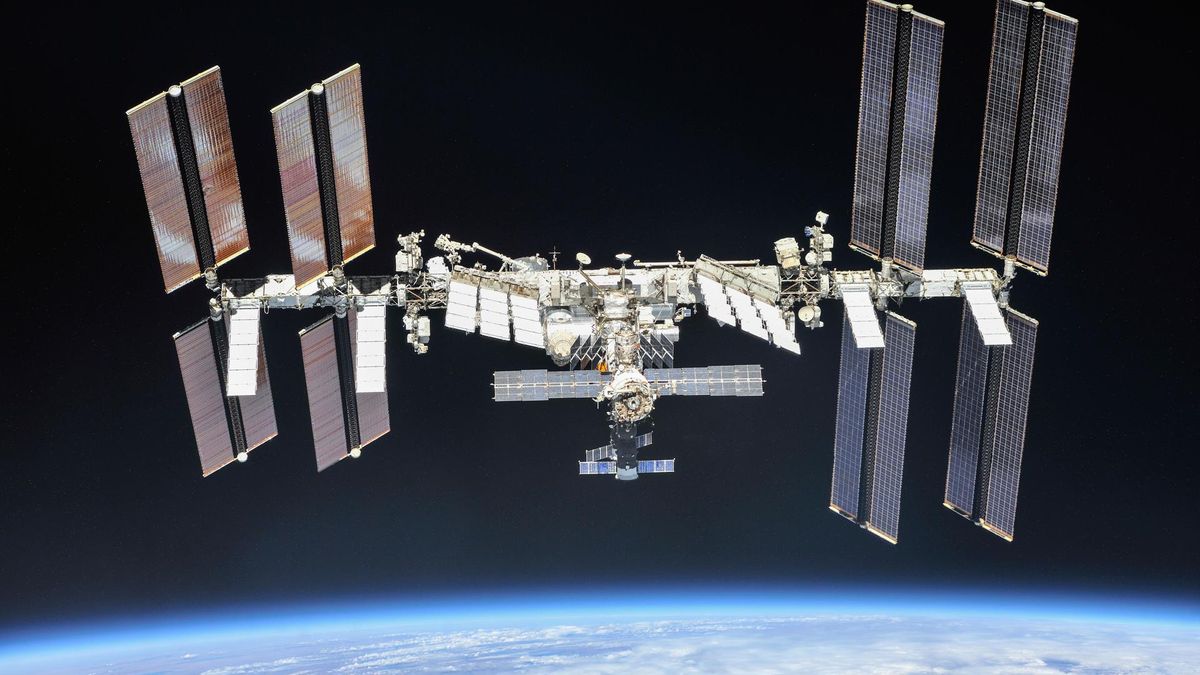Curiosity Navigation Curiosity Home Mission Overview Where is Curiosity? Mission Updates Science Overview Instruments Highlights Exploration Goals News and Features Multimedia Curiosity Raw Images Images Videos Audio Mosaics More Resources Mars Missions Mars Sample Return Mars Perseverance Rover Mars Curiosity Rover MAVEN Mars Reconnaissance Orbiter Mars Odyssey More Mars Missions 2 min read Sols 4458-4460: Winter Schminter NASA’s Mars rover Curiosity captured this image of the Texoli butte, a Martian landmark about 525 feet (160 meters) tall, with many layers that scientists are studying to learn more about the formation…
Read MoreDay: February 20, 2025
‘Jupiter Ascending’ came out 10 years ago, and we’re still not sure how The Matrix creators’ space opera went so wrong
Whenever someone brings up Lana and Lilly Wachowski’s body of work, The Matrix is always at the center of the conversation. Maybe Speed Racer and Cloud Atlas get some mentions thanks to their vocal followers, but their spacefaring epic Jupiter Ascending is typically swept under the rug. A critical and financial disaster, most people wouldn’t blame you for forgetting about it. And that’s a shame because we believe there are enough reasons after 10 years to give it a rewatch with new eyes. Sometimes, it’s great to step away from…
Read MoreSome baby stars in ancient stellar nurseries were born in ‘fluffy’ cosmic blankets
When it comes to baby blankets, the fluffier, the better — and astronomers have discovered that some infant stars in the early universe also preferred “fluffy” pre-natal cocoons. Stars are born in “stellar nurseries,” or regions of galaxies with an abundance of gas and dust that can become overly dense and collapse to form infant stars, or “protostars.” More accurately referred to as “molecular clouds,” these gaseous conglomerations can stretch for hundreds of light-years, thus forming thousands of stars. Scientists have learned a great deal about star formation in the…
Read MoreGuiding Orion: Jorge Chong’s Mission to Advance Deep Space Exploration
Jorge Chong is helping shape the future of human spaceflight, one calculation at a time. As a project manager for TRON (Tracking and Ranging via Optical Navigation) and a guidance, navigation, and control (GNC) test engineer in the Aeroscience and Flight Mechanics Division, he is leading efforts to ensure the Orion spacecraft can navigate deep space autonomously. Jorge Chong in front of the Mission Control Center at NASA’s Johnson Space Center in Houston when he helped with optical navigation operations during Artemis I. Image courtesy of Jorge Chong “GNC is…
Read More60 Years Ago: Ranger 8 Moon Photos Aid in Apollo Site Selection
Before Apollo astronauts set foot upon the Moon, much remained unknown about the lunar surface. While most scientists believed the Moon had a solid surface that would support astronauts and their landing craft, a few believed a deep layer of dust covered it that would swallow any visitors. Until 1964, no closeup photographs of the lunar surface existed, only those obtained by Earth-based telescopes. NASA’s Jet Propulsion Laboratory in Pasadena, California, managed the Ranger program, a series of spacecraft designed to return closeup images before impacting on the Moon’s surface.…
Read MoreThe ISS should be deorbited ‘as soon as possible,’ Elon Musk says: ‘Let’s go to Mars’
Elon Musk thinks we should start moving on from the International Space Station (ISS). “It is time to begin preparations for deorbiting the @Space_Station. It has served its purpose. There is very little incremental utility. Let’s go to Mars,” the SpaceX chief and close Trump adviser said via X today (Feb. 20). In another X post, he laid out his preferred timeline: “The decision is up to the President, but my recommendation is as soon as possible. I recommend 2 years from now.” NASA and its partners on the ISS…
Read MoreArtemis II Rocket Booster Stacking Complete
Engineers with NASA’s Exploration Ground Systems complete stacking operations on the twin SLS (Space Launch System) solid rocket boosters for Artemis II by integrating the nose cones atop the forward assemblies inside the Vehicle Assembly Building’s High Bay 3 at NASA’s Kennedy Space Center in Florida on Wednesday, Feb. 19, 2025. The twin solid boosters will help support the remaining rocket components and the Orion spacecraft during final assembly of the Artemis II Moon rocket and provide more than 75 percent of the total SLS thrust during liftoff from NASA…
Read More